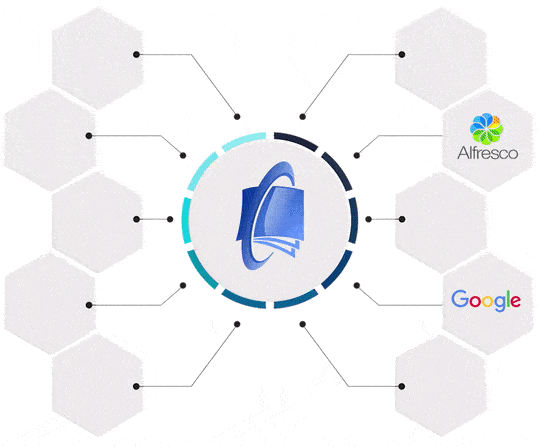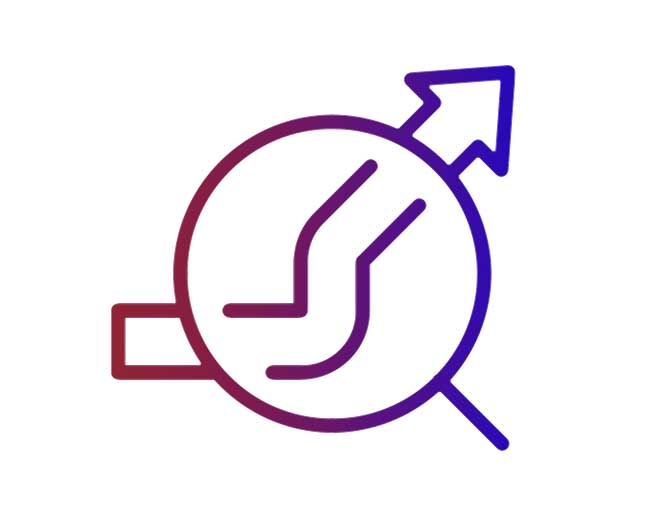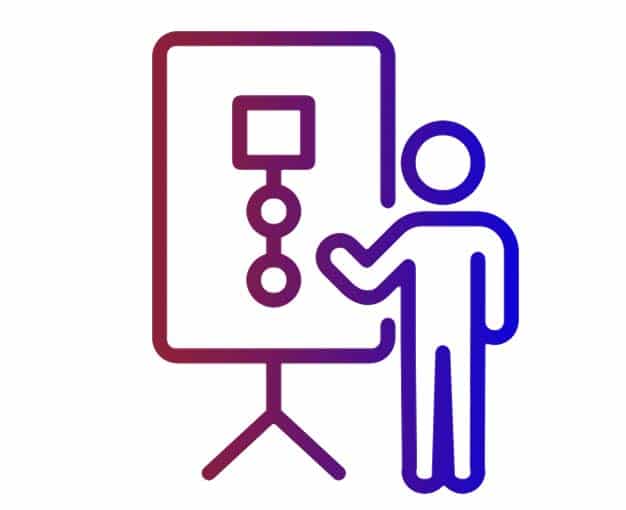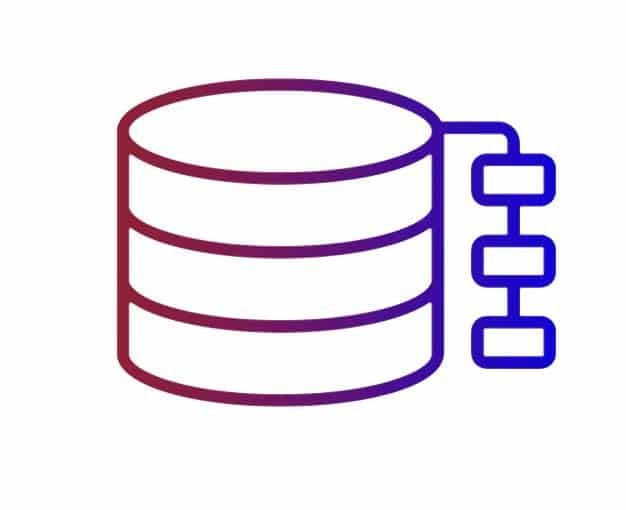Automate tasks with Robotic Process Automation
A closer look on Robotic Process Automation (RPA)
Robotic Process Automation describe the technology to automate applications. Or in another way of saying, ready installed applications work together without human interaction! The automated process combining all this application is called a ‘Robot’. There are no physical hands on this robot, the RPA process emulate human interaction by reading the application values from the computer screen for example.

By capturing data from the user interface, the robot will understand the content by Business rules or Machine Learning Automation. That’s the power of RPA, the robot interprets captured data validate the content and process the data error free through the complete workflow. A proper implemented Robotic Process Automation workflow will manipulate the applications without any human interaction. Error free and with transparent task logging.

Automation Innovation
Another example is e-mail orders, where all fields must be copied manually. It is not difficult for one single order, but what if there are hundreds and thousands of them?

RPA Knowledge
At “robotization” many people have a negative image of robots performing repetitive actions and making human participation in the process unnecessary. This image is fundamentally wrong, let’s take a closer look.

RPA Processing
The computer itself can read information displayed on the screen. Our algorithms will verify information, keep an event log for complete RPA transparency and result in a trouble free working day!
What makes EasyData an RPA vendor? It’s simple, we have been working with business automation for over 20 years. RPA implementation is an essential element of the digital transformation process. The more information we get about current processes, the more complete the processing automation will be.
Let’s take for example incoming email – it’s a good task for RPA to automate the routing of incoming correspondence, extract relevant metadata without manual data entry through efficient automation. We are intent to increase the speed of processes by automating and eliminating system errors.
Robotic Process Automation is also becoming increasingly important in strategic management decisions. Automating current manual labor processes and putting the system into self-service mode is more than just eliminating the human factor. This is an important step for the economic growth and social development of employees.

RPA Architecture
As automation is successfully implemented, the motivation to increase RPA into other parts of your organization will grow based on shown efficiency results. EasyData offers you a scalable RPA solution to suit your workforce today and tomorrow.

Exception handling
Before implementing an RPA bot into work, we do some thorough testing. But sometimes there can be an unforeseen situation.
We handle RPA exceptions with our smart toolset.
Our RPA engineers create process log and report issues in a visually and written way. Our verification module is able to correct and learn from wrong value’s without an experienced RPA developer.

Emerging Technology
RPA learns independently throughout its entire life cycle, from data capture to information interpretation. By introducing machine learning, we optimize process automation right up to data analysis algorithms.
Today, ready-made smart modules are available that can be easily integrated into our RPA platform. This is how we make modern innovative technologies with our standard RPA solutions available to you.
Robot Process Automation is well known and often discussed in the board rooms of the top 500 companies. Stop delaying any longer and see for yourself where internal processes can be improved.

Get ready for RPA
How do various applications relate to each other? Do you have workflow diagrams? In answering these questions, RPA come insight!

Building RPA confidence
The quality of service increases as knowledgeable employees experience in practice the gained efficiency by RPA.

We make RPA
That’s what we do for you, capturing business processes into suitable business rules. effective, reliable & dedicated.




